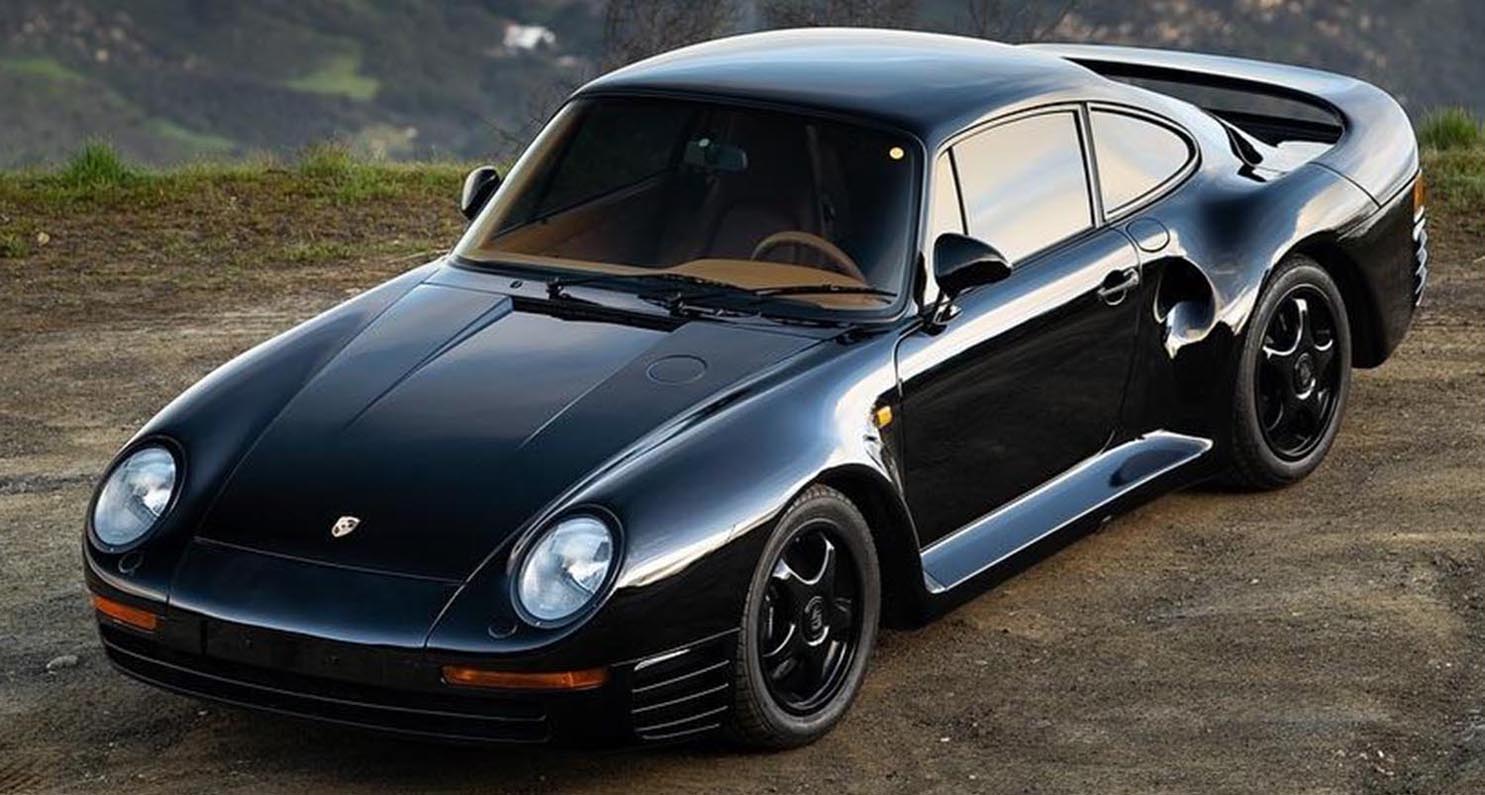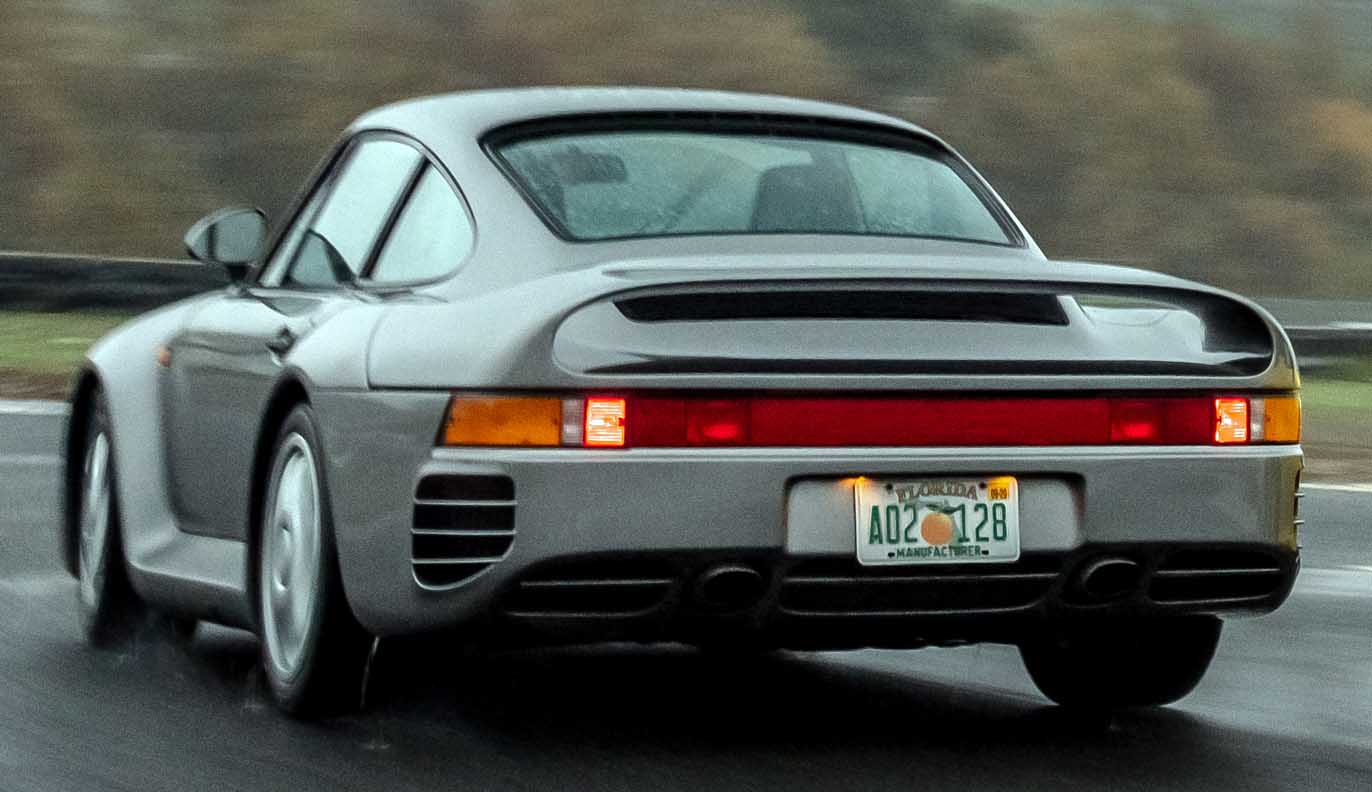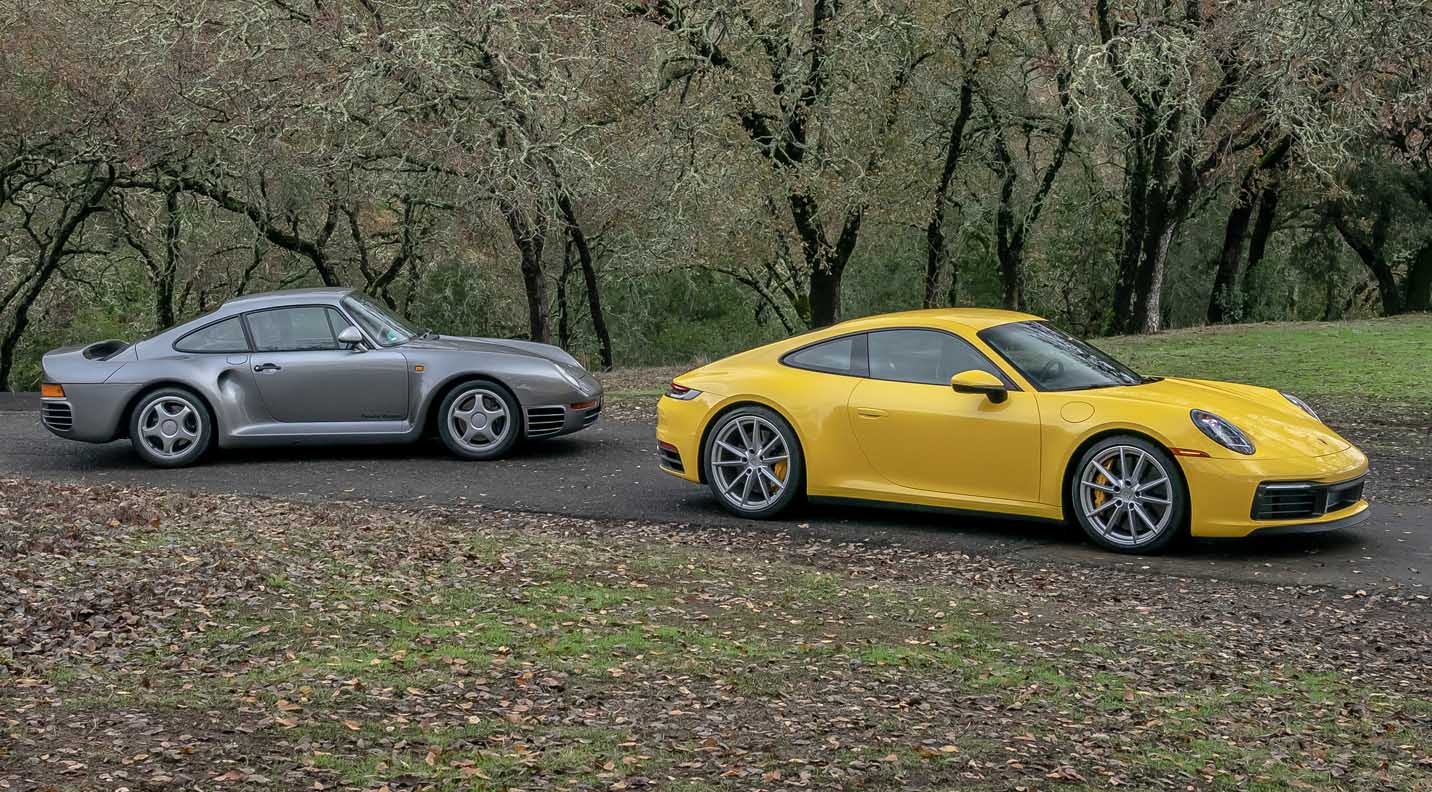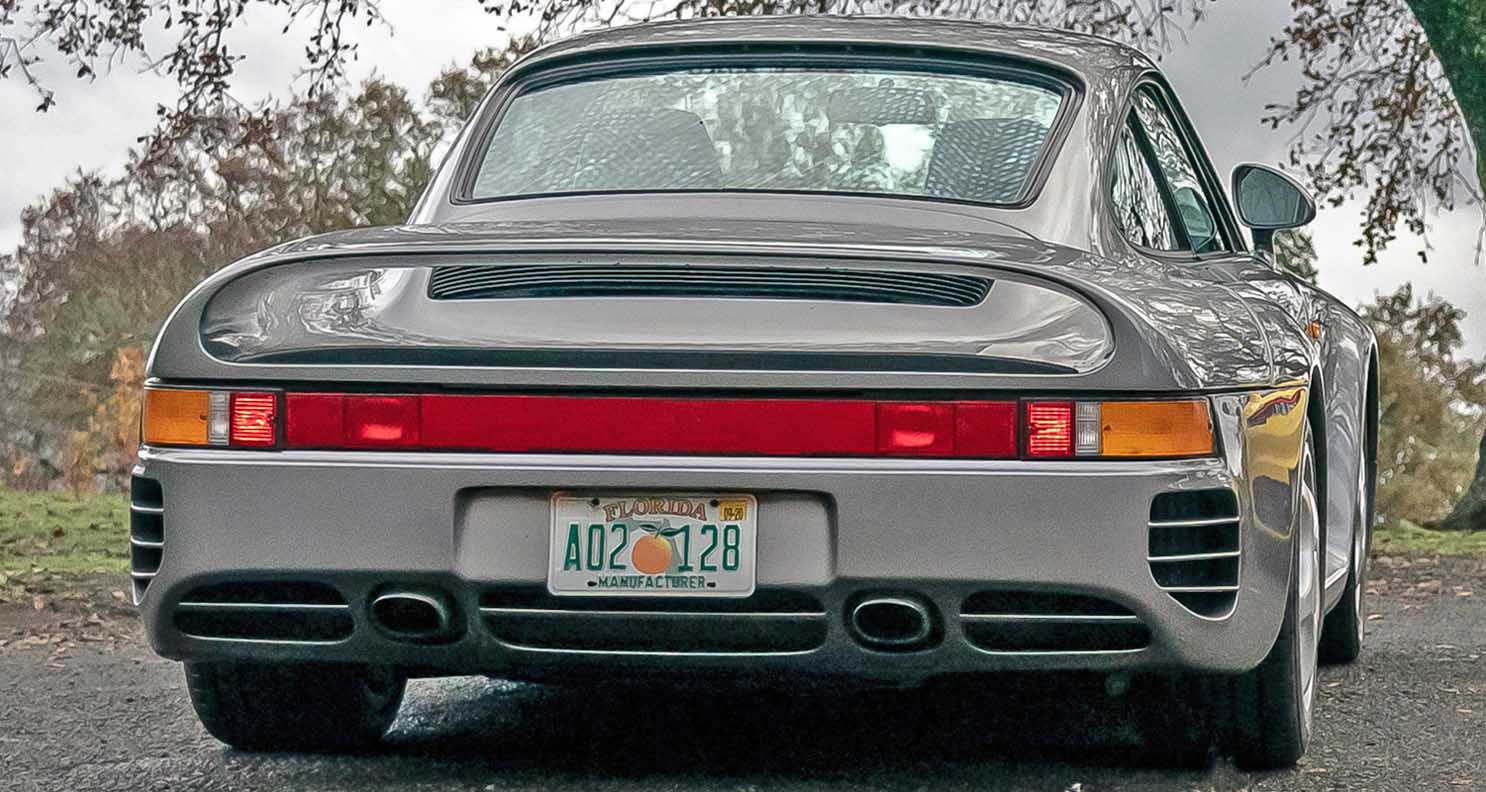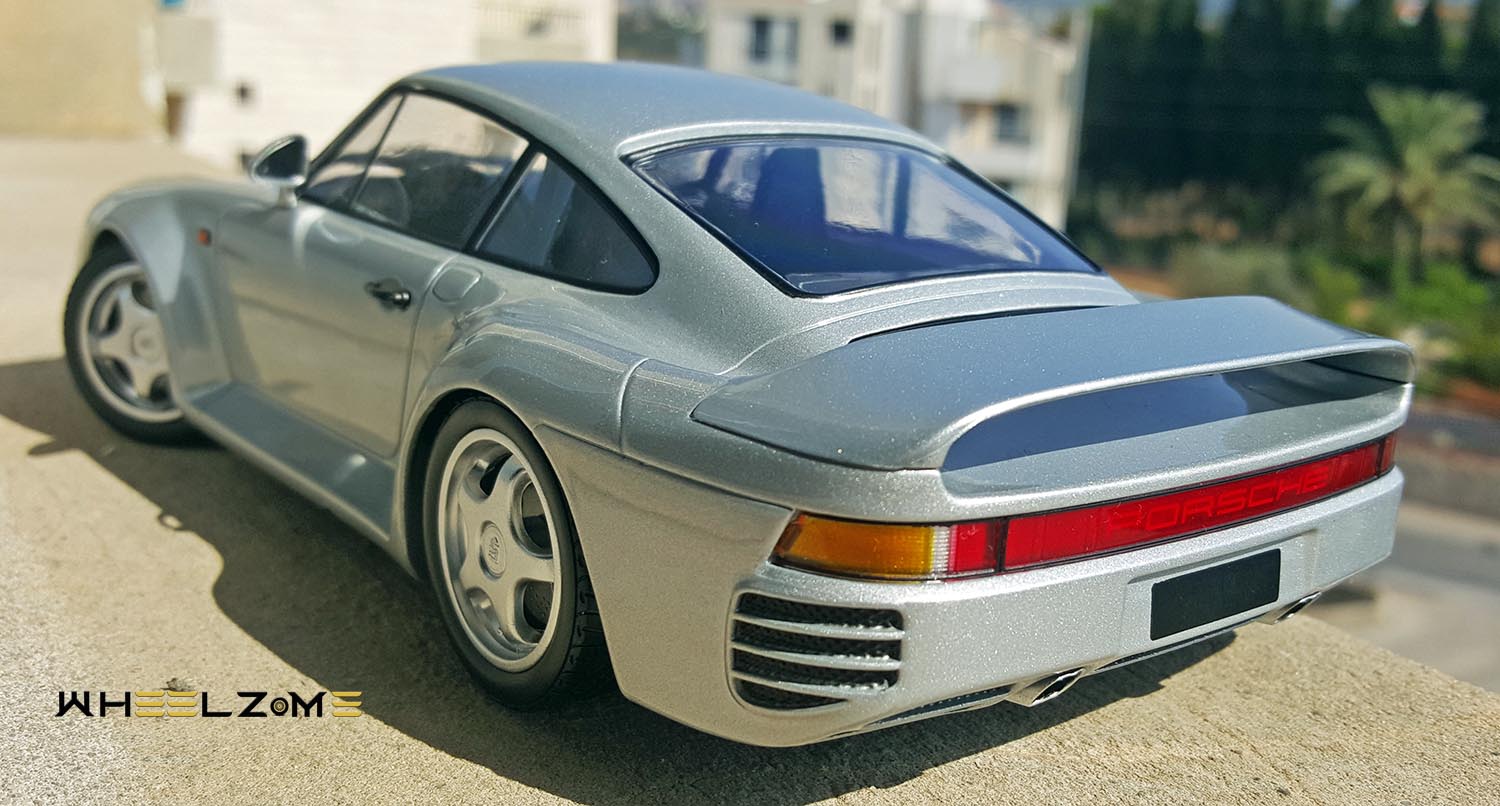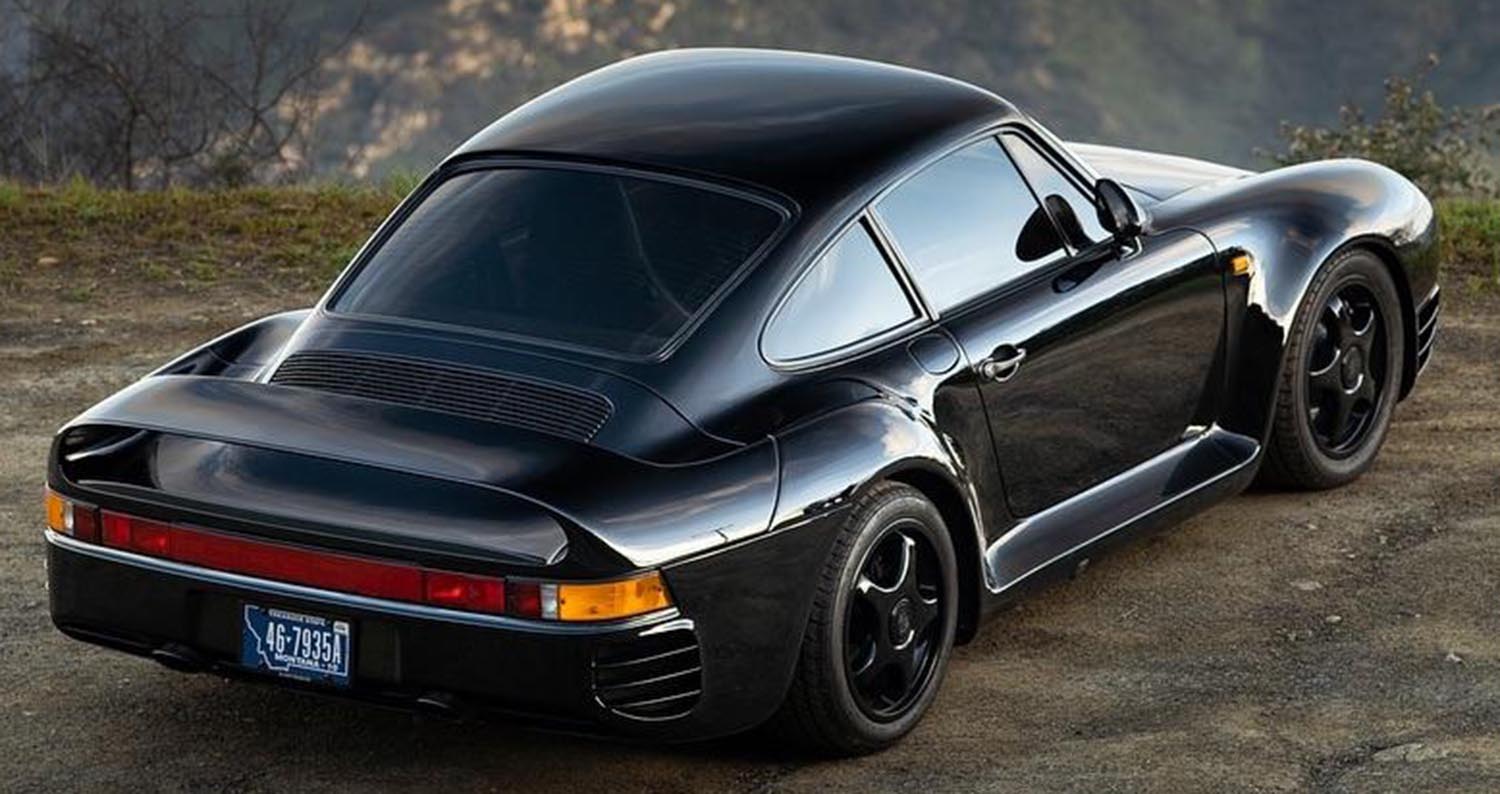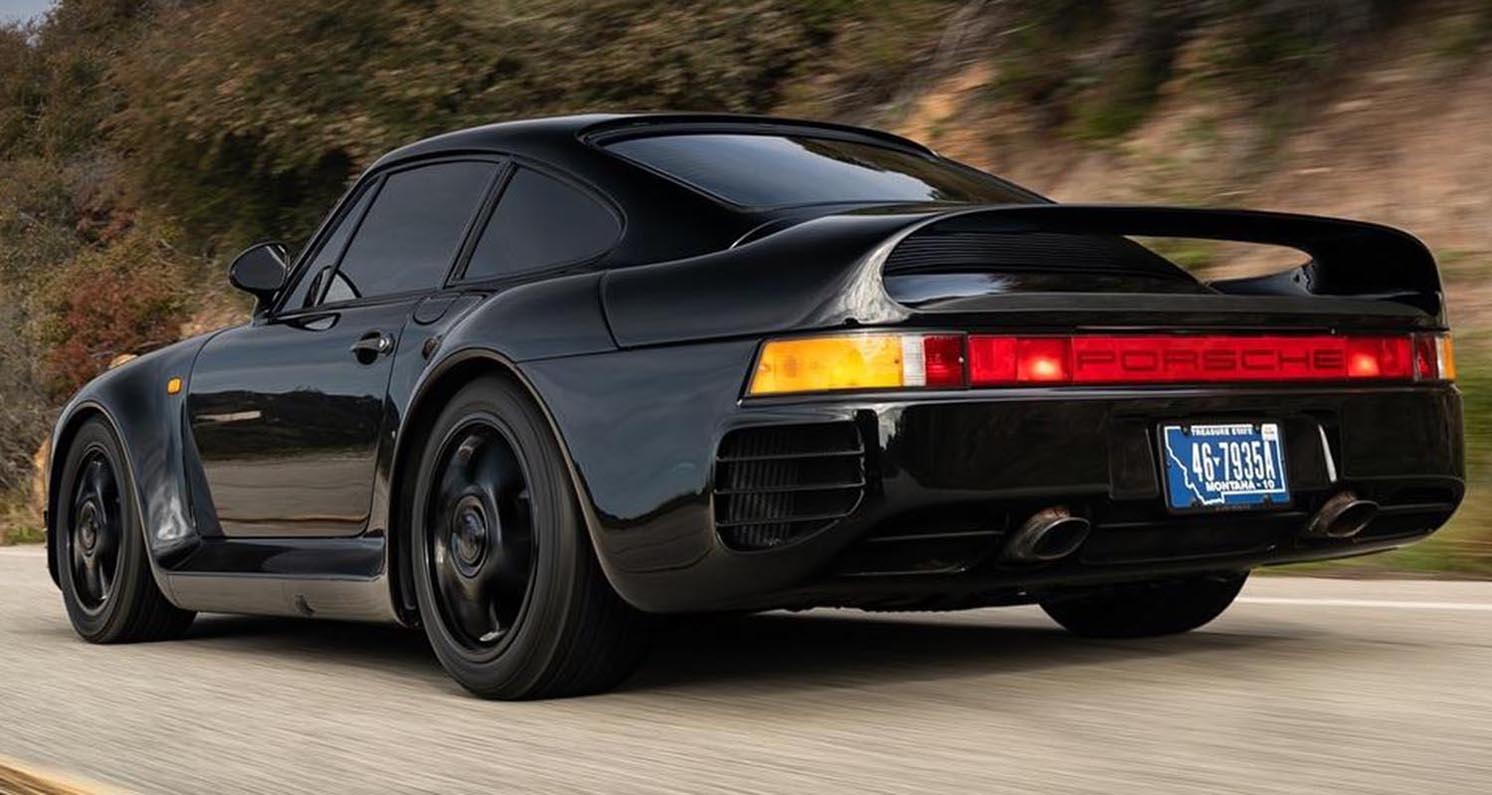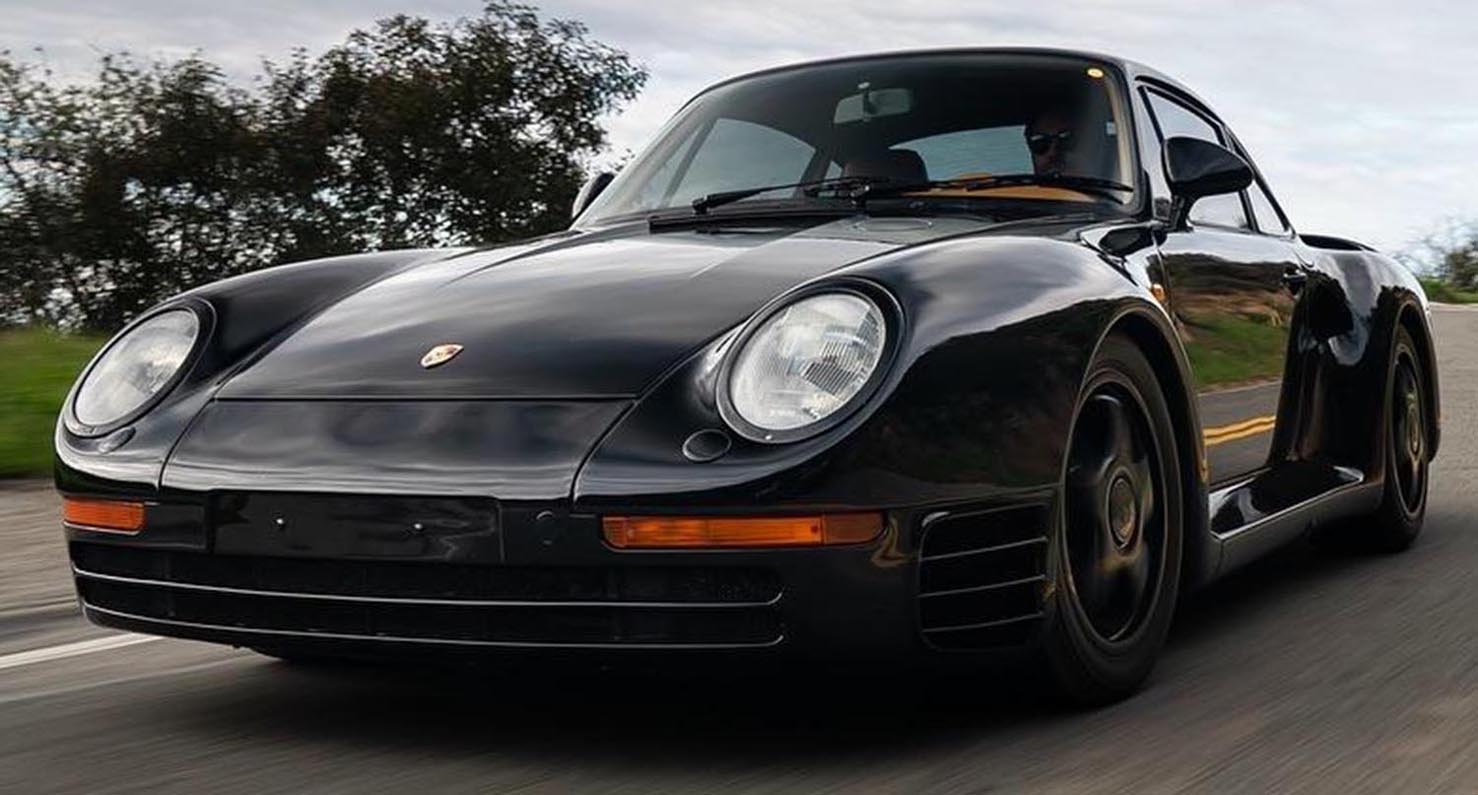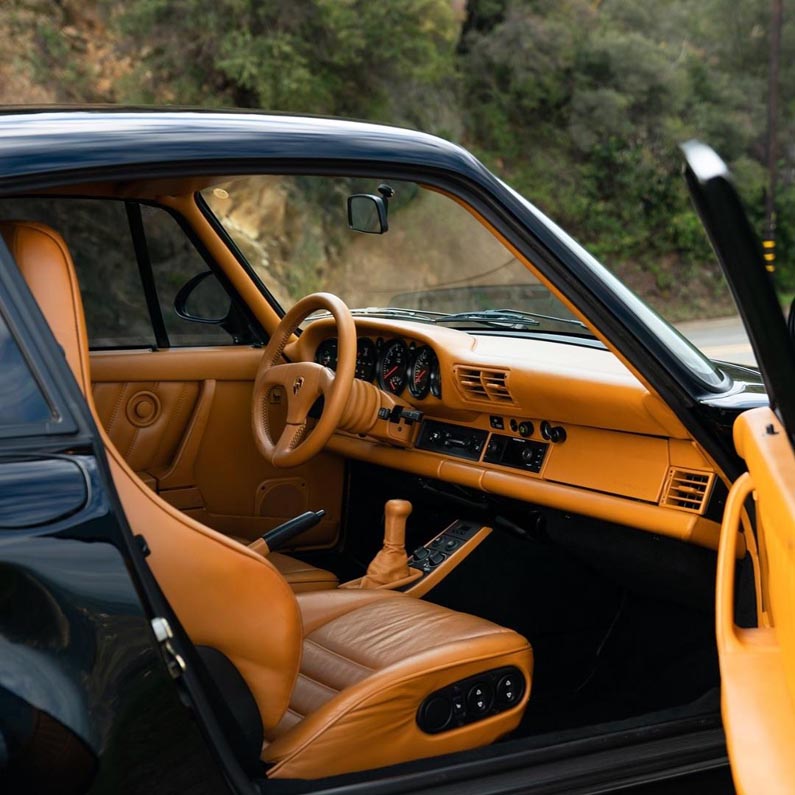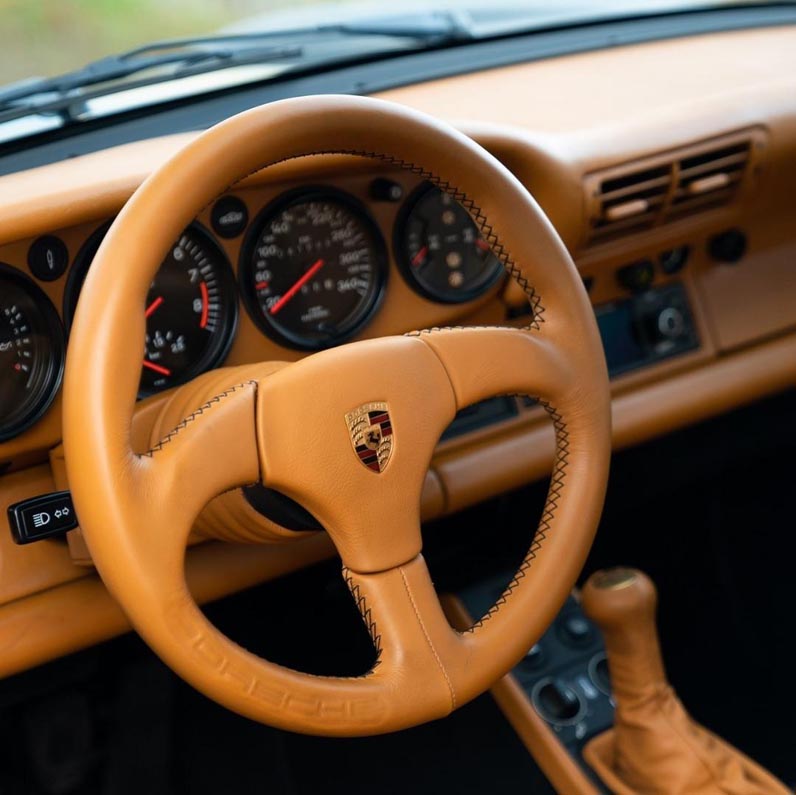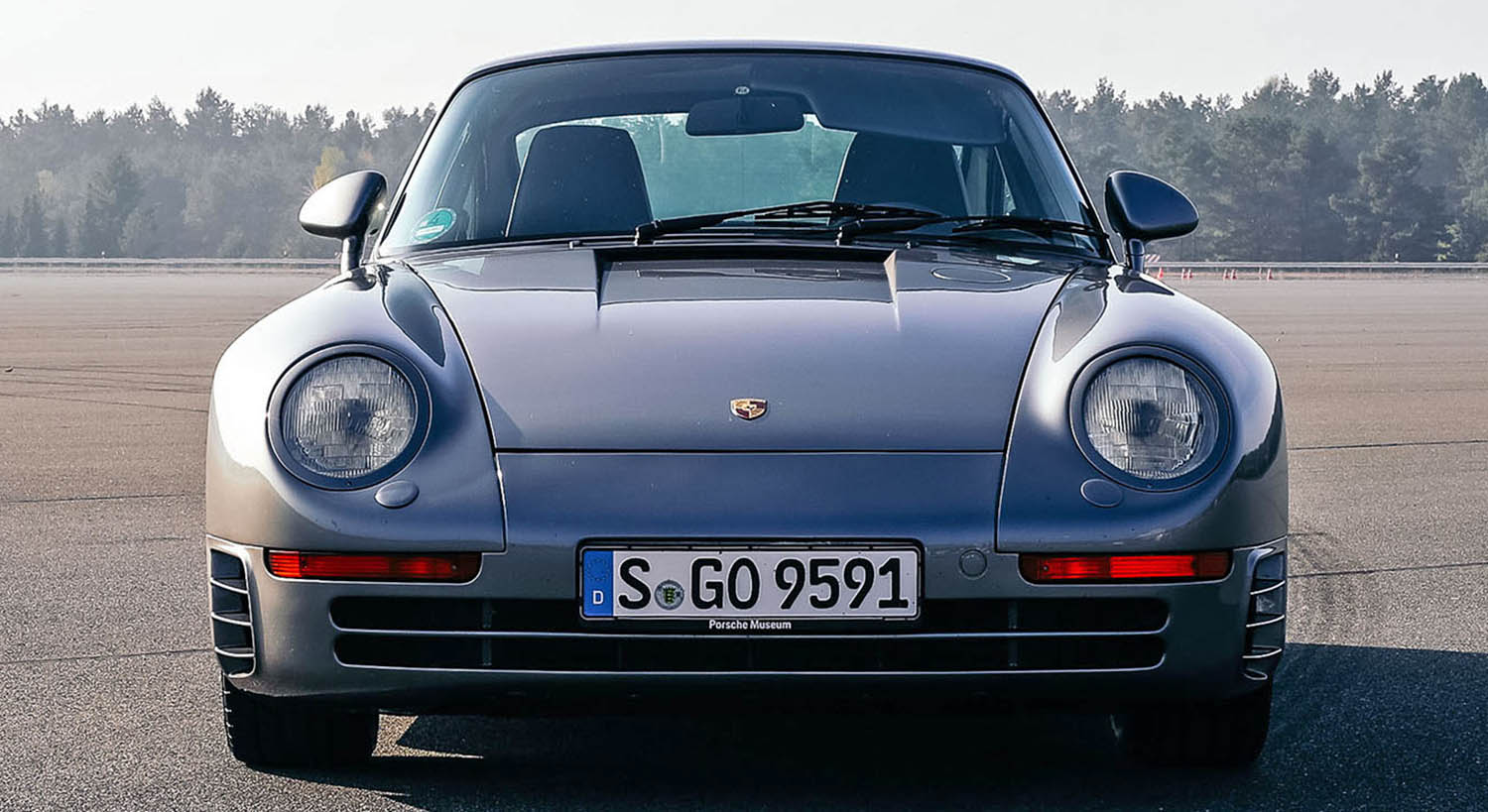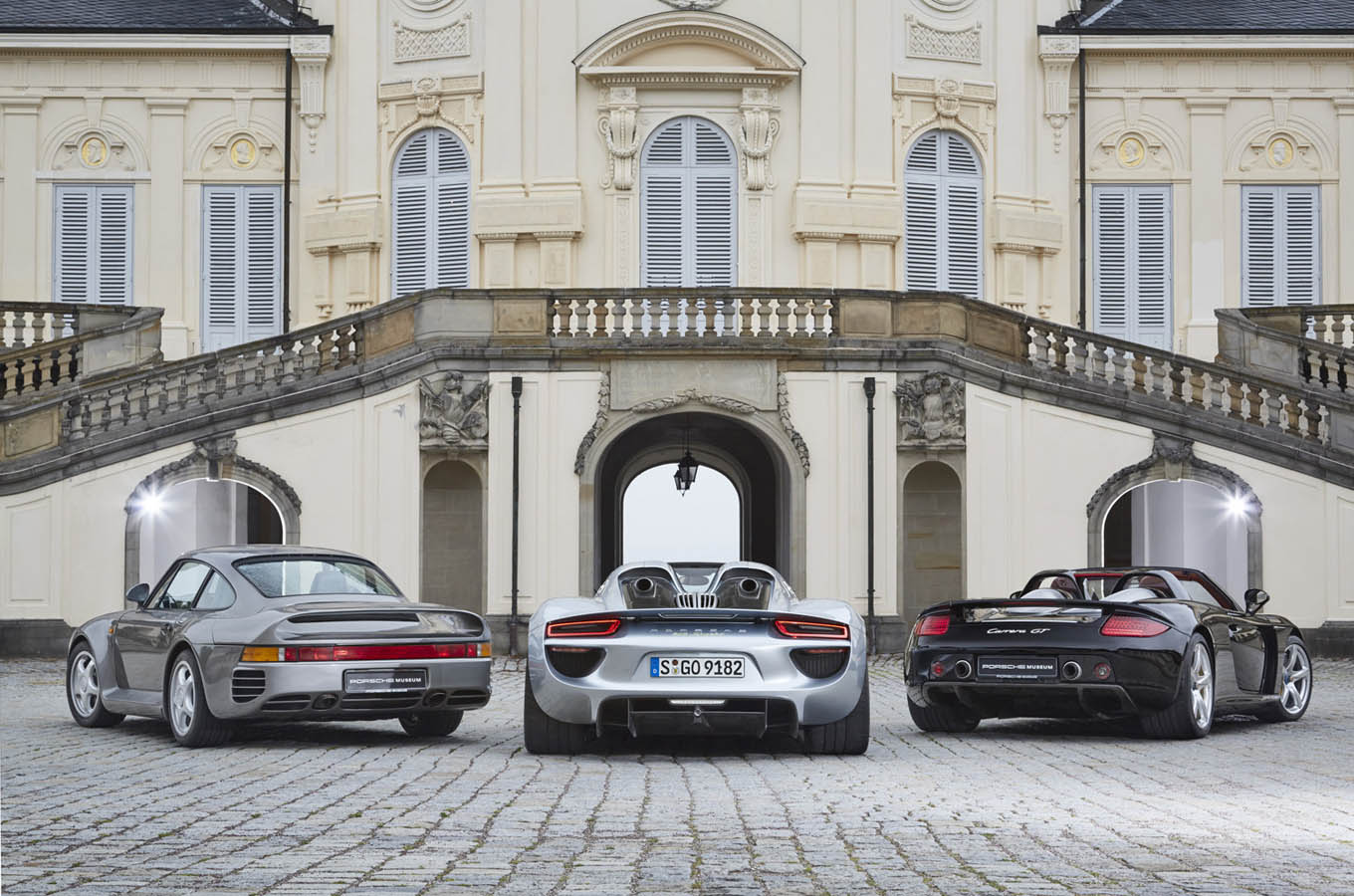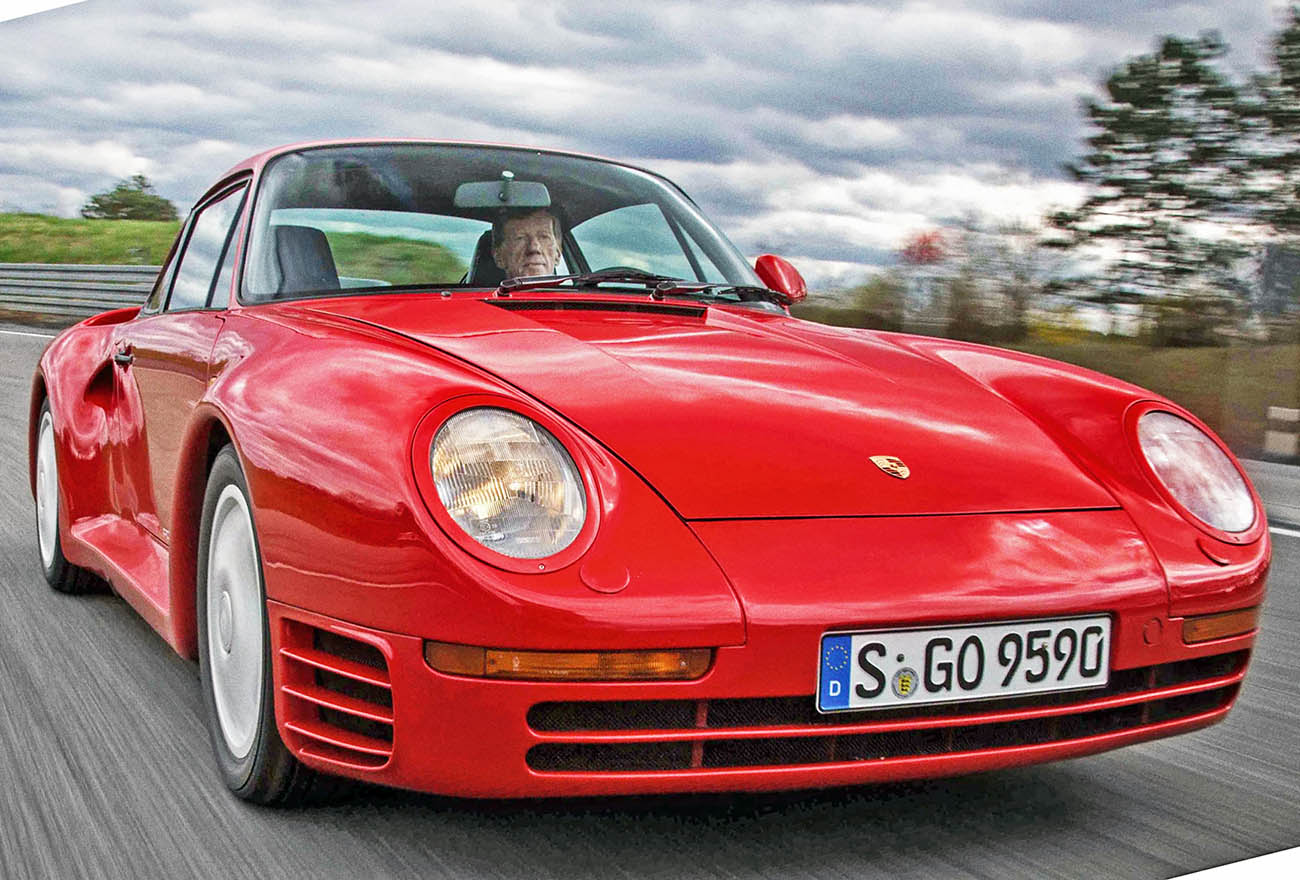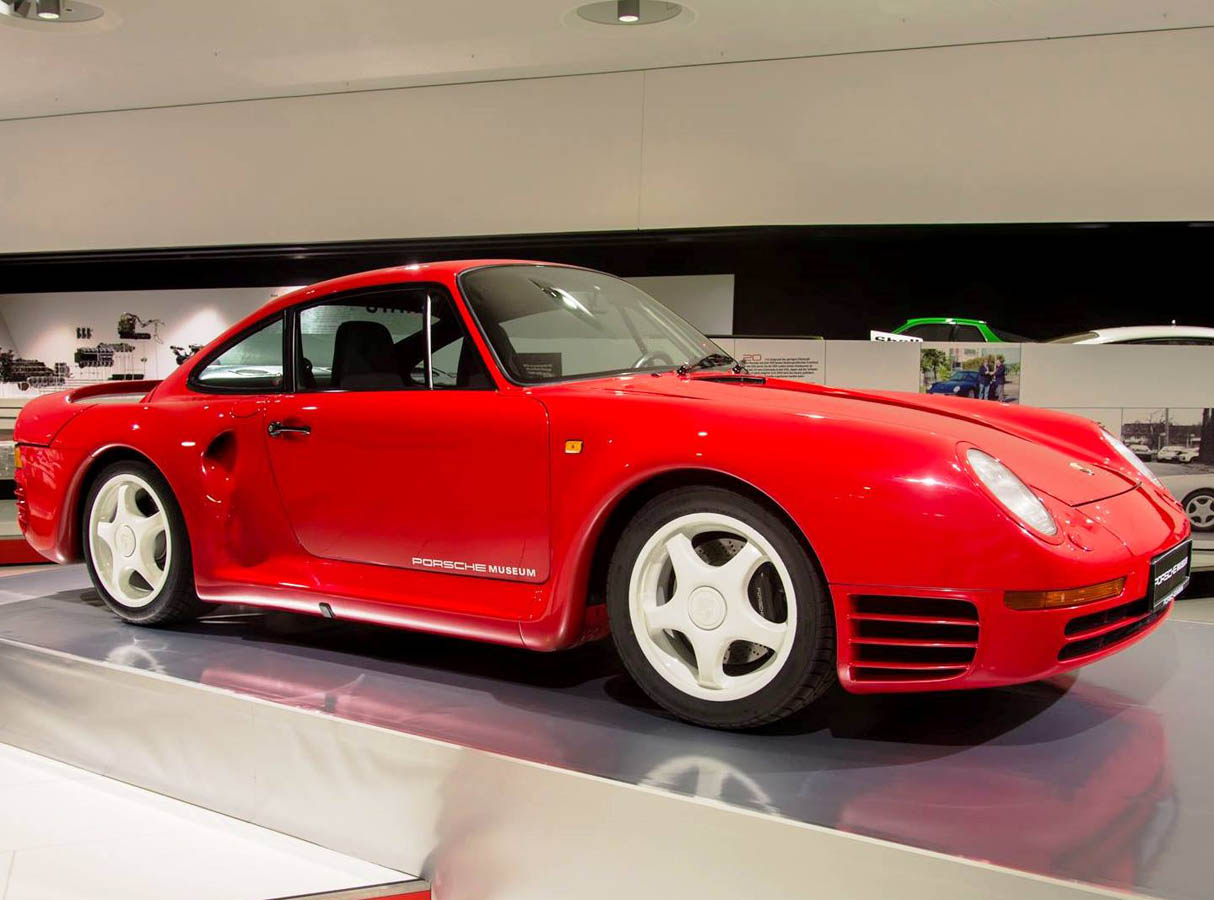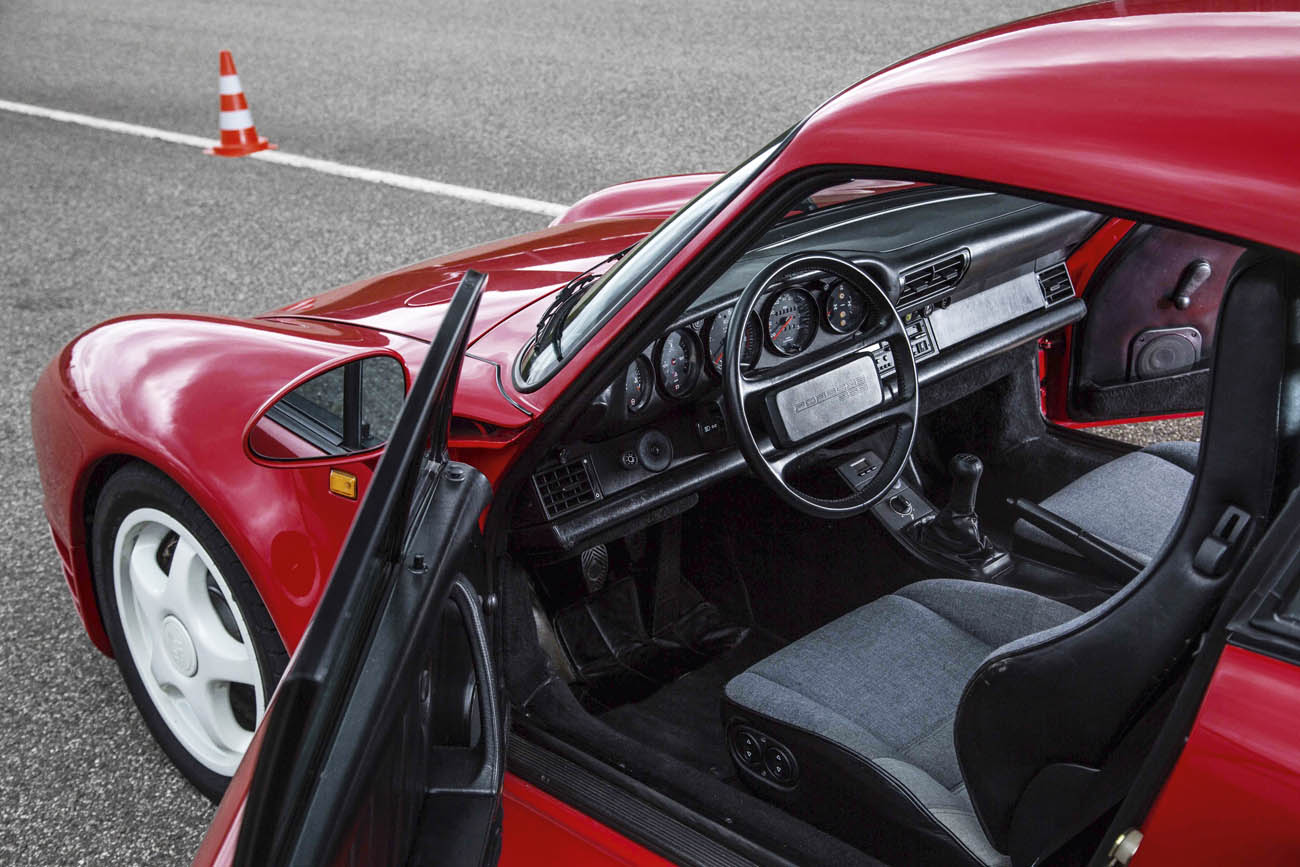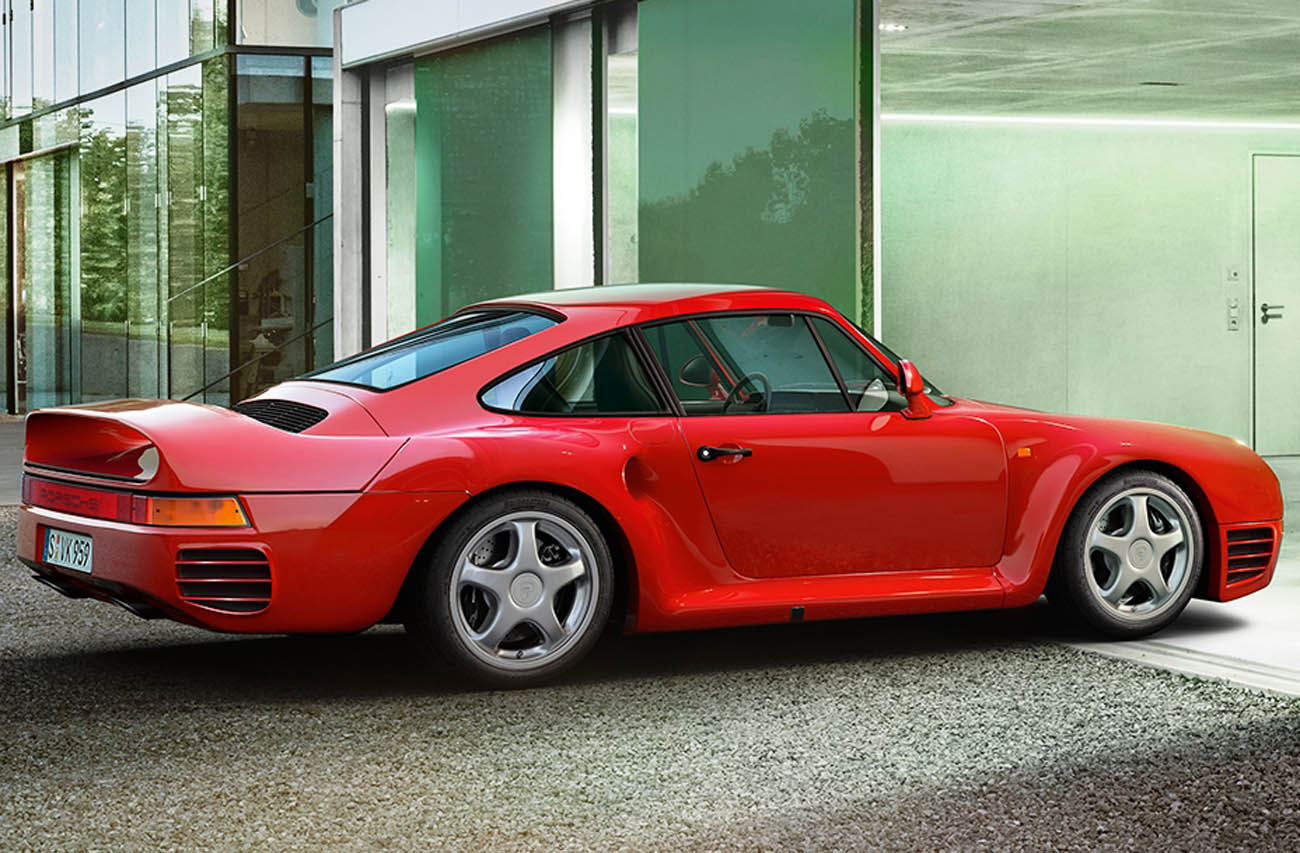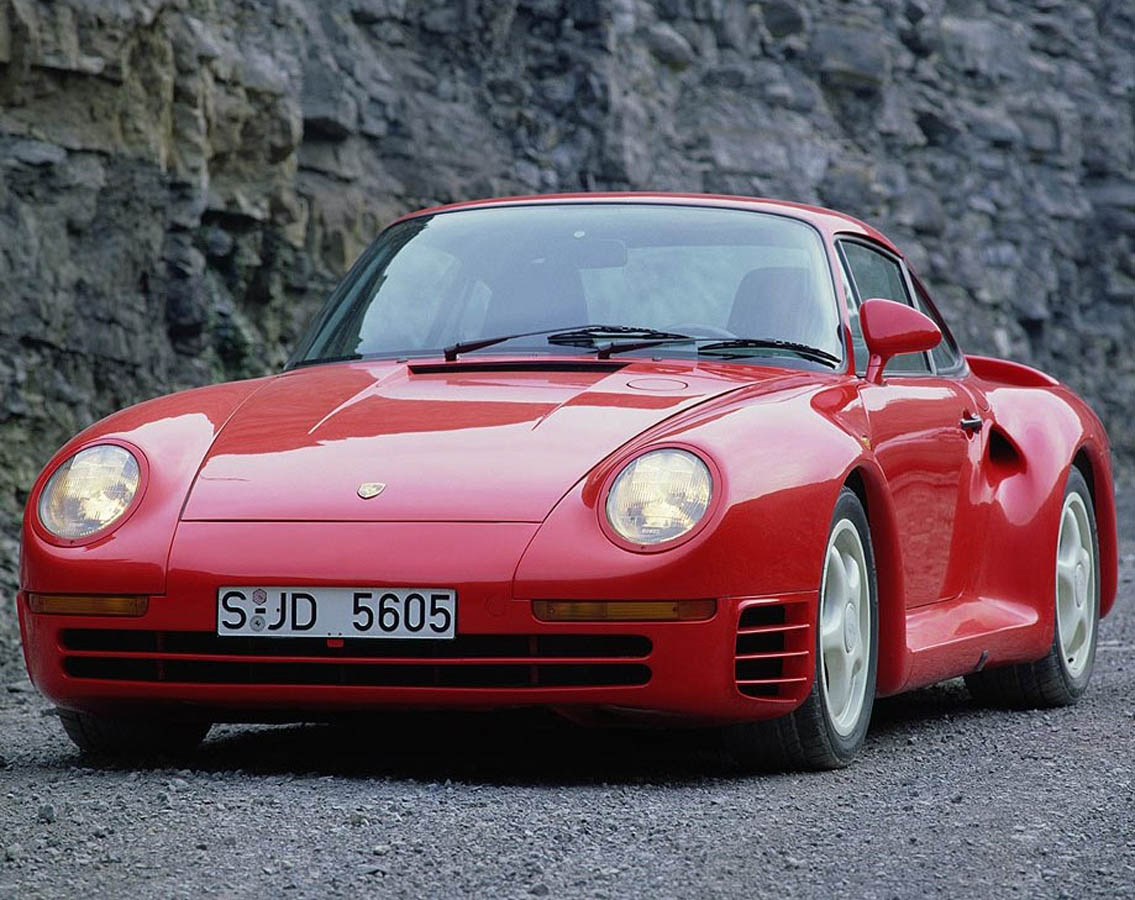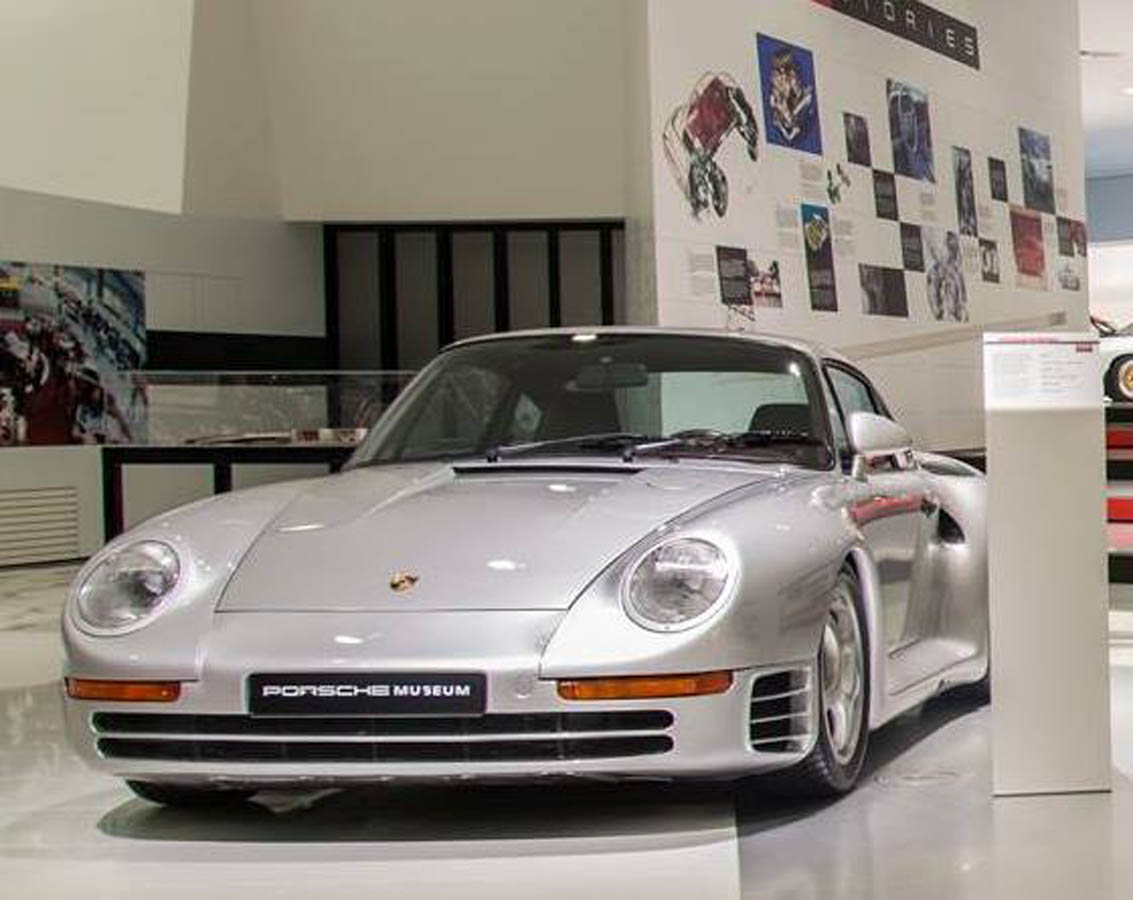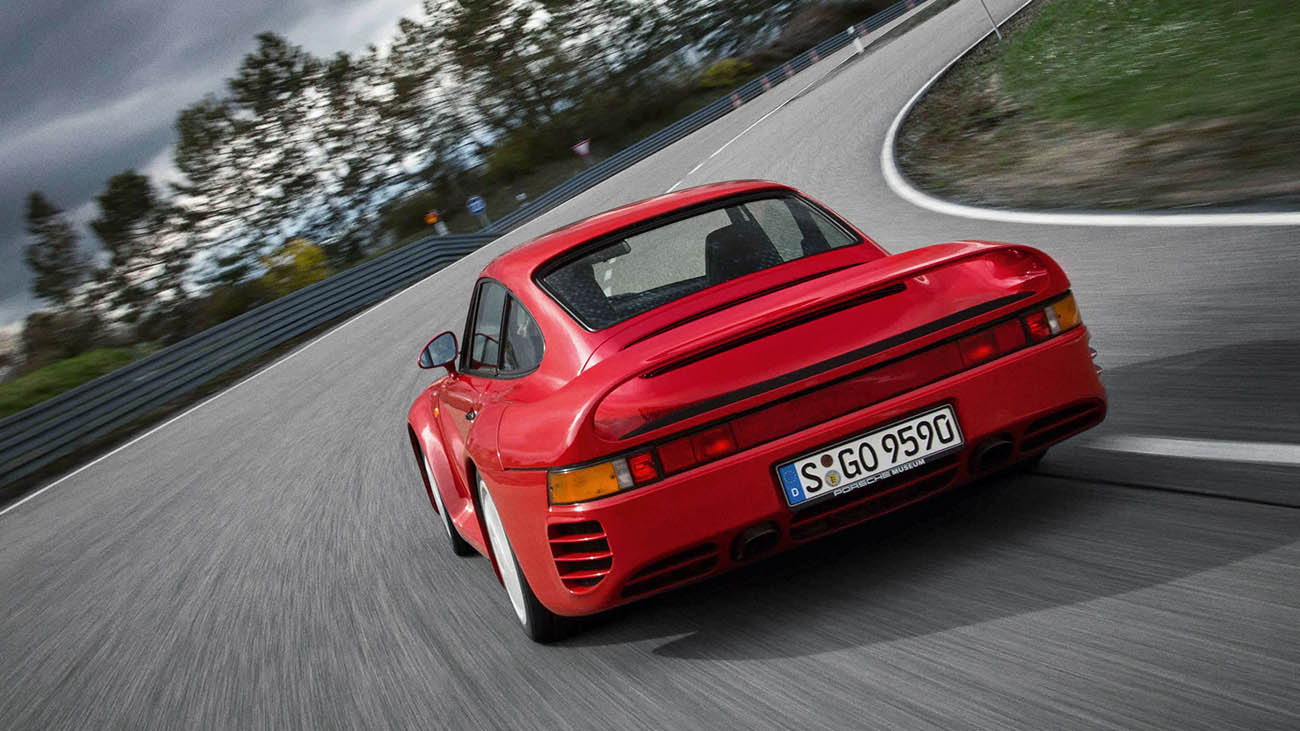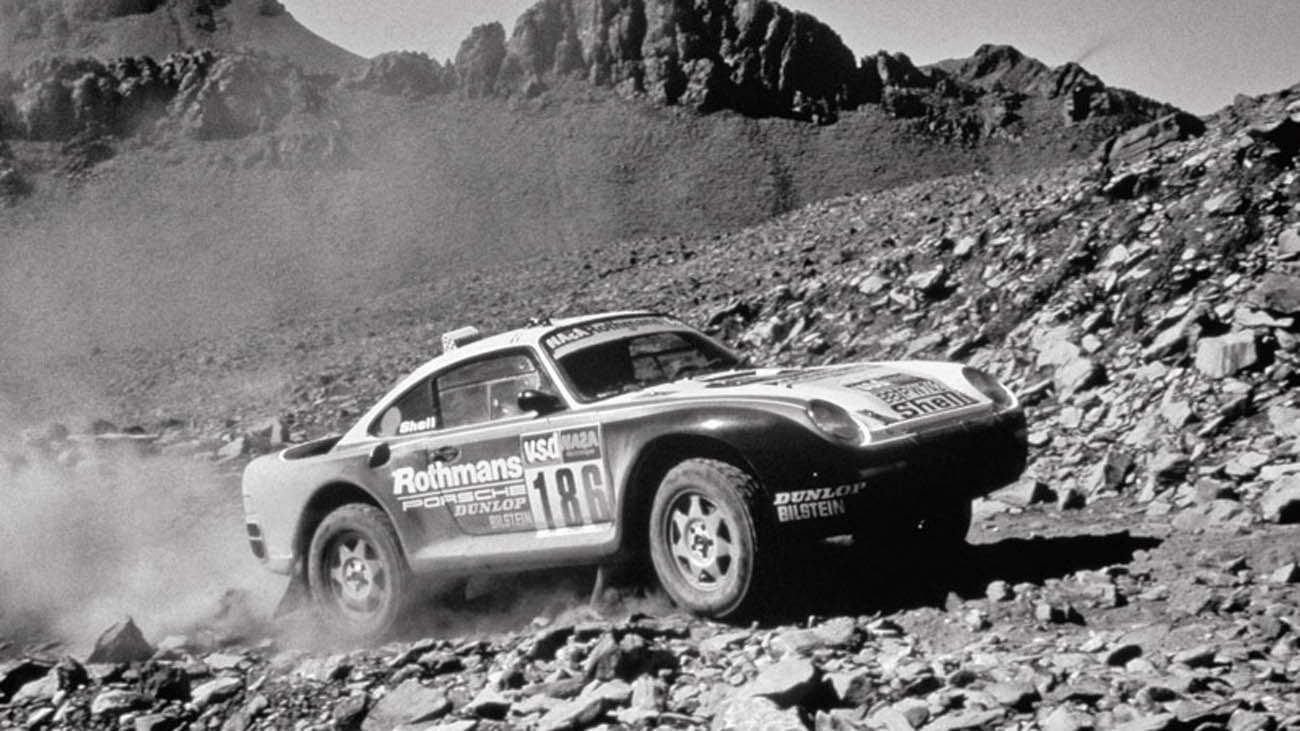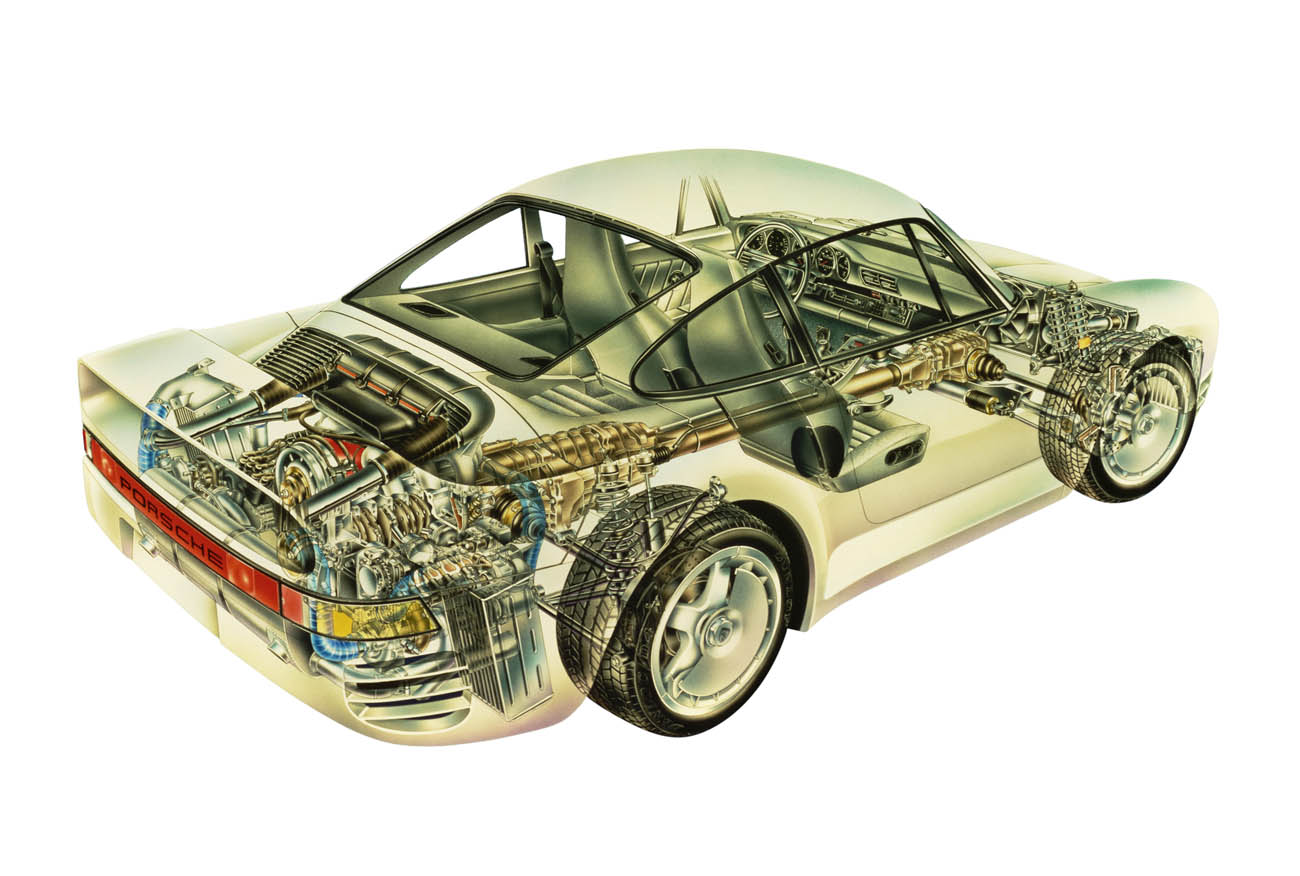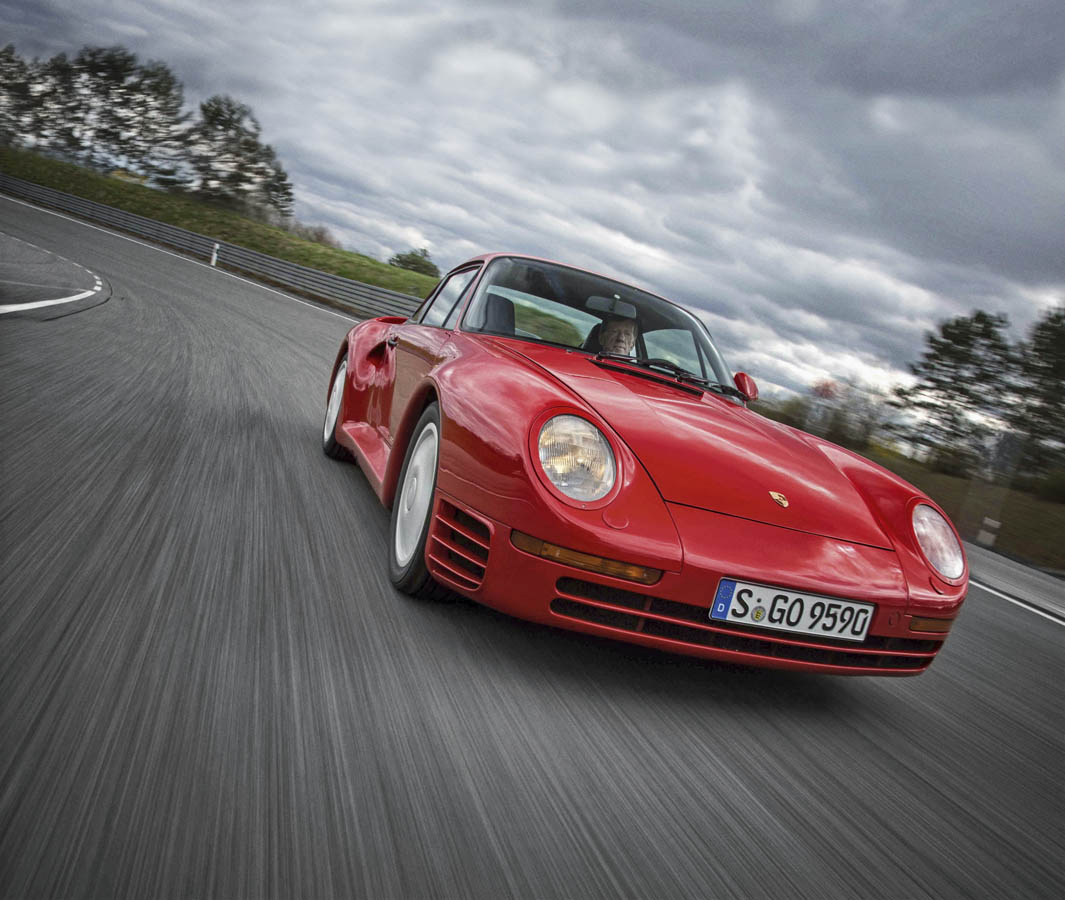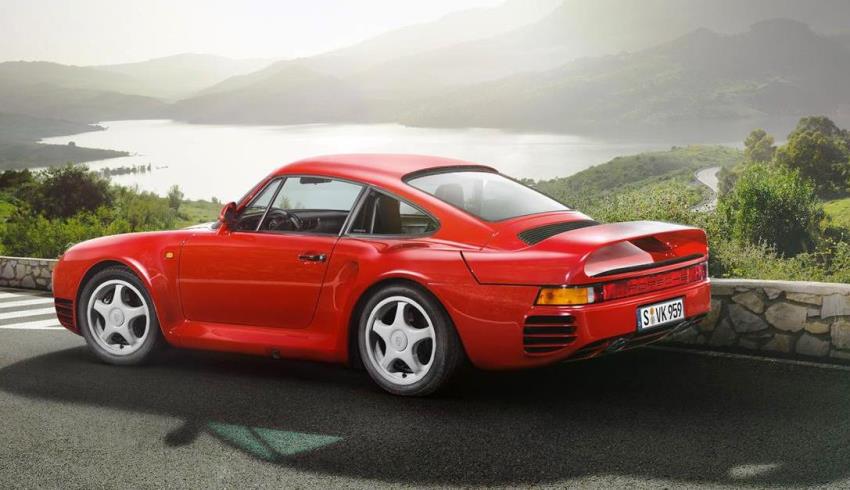
The Porsche 959 legendary supercar was manufactured from 1986 to 1989. It began its life as a formidable Group B rally car. Later, it became a legal production vehicle. This design satisfied FIA homologation regulations. These rules required at least 200 street-legal units. The 959 quickly established itself. It was the fastest production car in the world. Its production was limited to 292 vehicles. This car stands as a true icon. It embodies advanced automotive engineering.
A Vision of the Future
Development of the Porsche 959, originally called “Gruppe B”, began in 1981. This started shortly after Peter Schutz took office. He was the company’s new Managing Director. Porsche’s head engineer, Helmuth Bott, approached Schutz. Bott had ideas about a new Porsche 911. He knew the company needed a sports car. This car had to be reliable for years. It also needed to be developable over time. Bott wondered how much they could do. He questioned the rear-engined 911 platform.
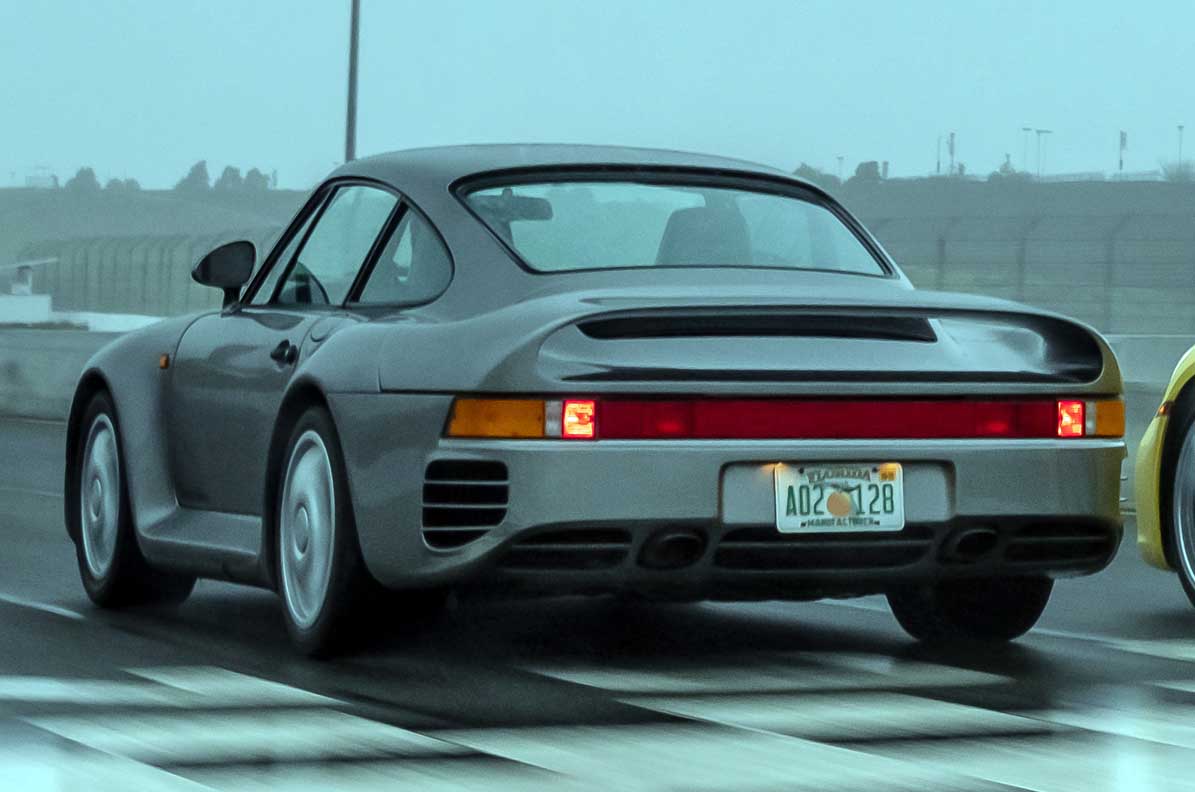
Bott convinced Schutz that development tests should take place. He even proposed researching a new all-wheel-drive system. Schutz agreed to the plan. He gave the project the green light. Bott also understood that a racing program often accelerated development. Seeing Group B rally racing as an ideal arena, Bott acted. It was perfect for testing the new mule. The all-wheel-drive system could be pushed. Bott again went to Schutz. He received approval to develop a car. This car was based on his development mule. It was destined for Group B competition.
Dominance in Motorsport
The Porsche 959 embarked on a triumphant journey. This journey spanned rallies and race circuits. Its rally version specifically achieved significant success. It notably won the challenging 1986 Paris-Dakar rally. Porsche Classic will exhibit one of these rally versions. They will also show one of the street-legal production models. The 959 demonstrates Porsche’s enduring commitment. The brand maintained the idea of a supercar. It served as a technology platform. This vision extends up to the present day. Vehicles like the Carrera GT and 918 Spyder follow this lineage.
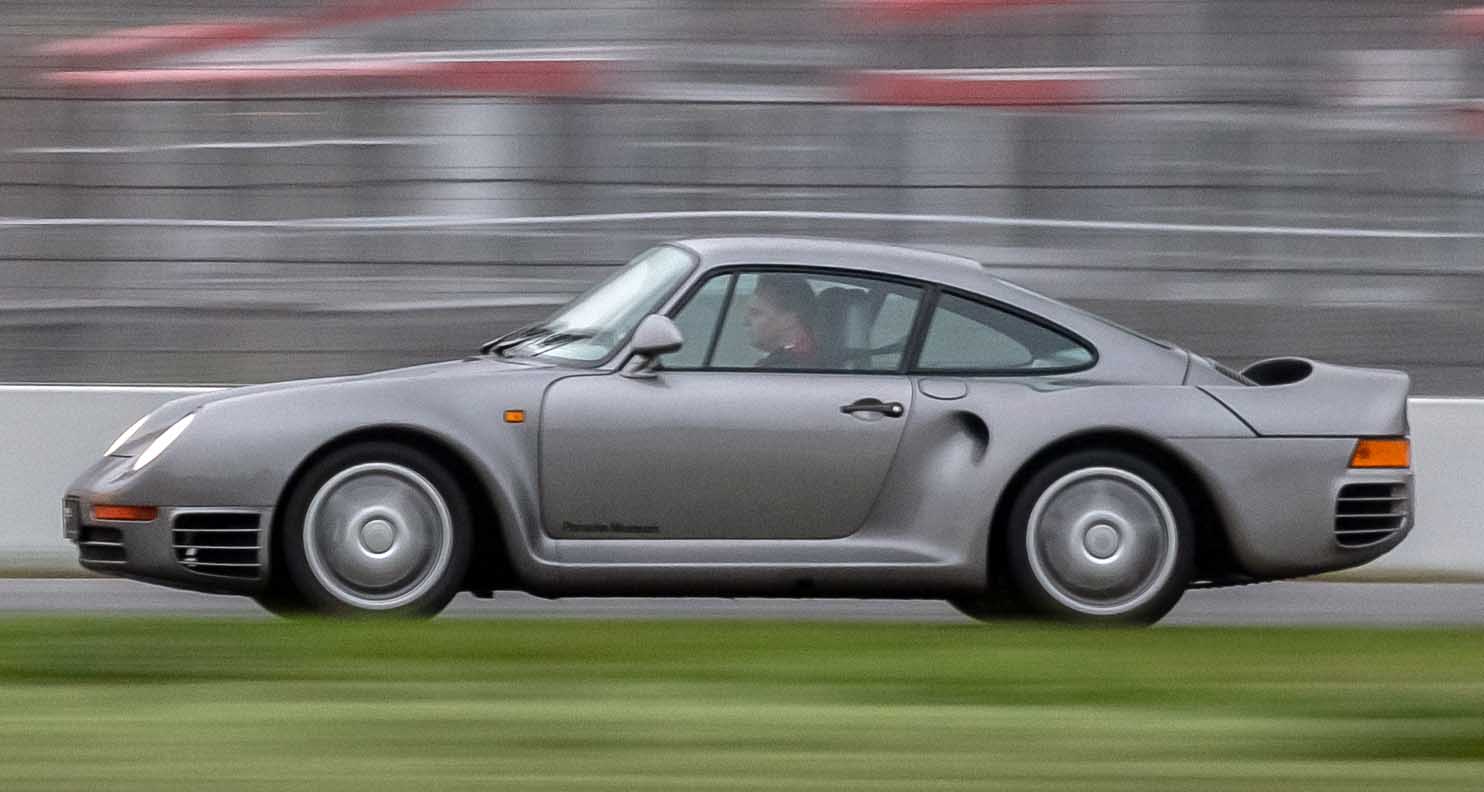
Engineered for Extreme Performance
The Porsche 959 debuted as a technology platform. It also emerged as the world’s fastest production car. Its heart was a 2.85-liter six-cylinder boxer engine. This powerplant produced an impressive 450 hp. This output was remarkable for its time. Porsche developed an innovative sequential turbocharging system. This included intercooling. It was an in-house development. This technology contributed significantly to the engine’s power. It ensured efficient performance.
Power transmission utilized a six-speed gearbox. An electronically controlled transaxle all-wheel-drive system managed traction. This advanced system underwent rigorous testing. It was proven in the victorious Porsche 953. This earlier model won the Paris-Dakar rally in 1984. The 959’s performance figures underscore its capabilities. It accelerated from 0 to 100 km/h in just 3.7 seconds. Reaching 160 km/h took 8.3 seconds. It achieved 200 km/h in 13.0 seconds. A quarter-mile sprint completed in 11.9 seconds. It covered 1000 meters in 21.6 seconds. These numbers solidify its status. The 959 was truly a super sports car.
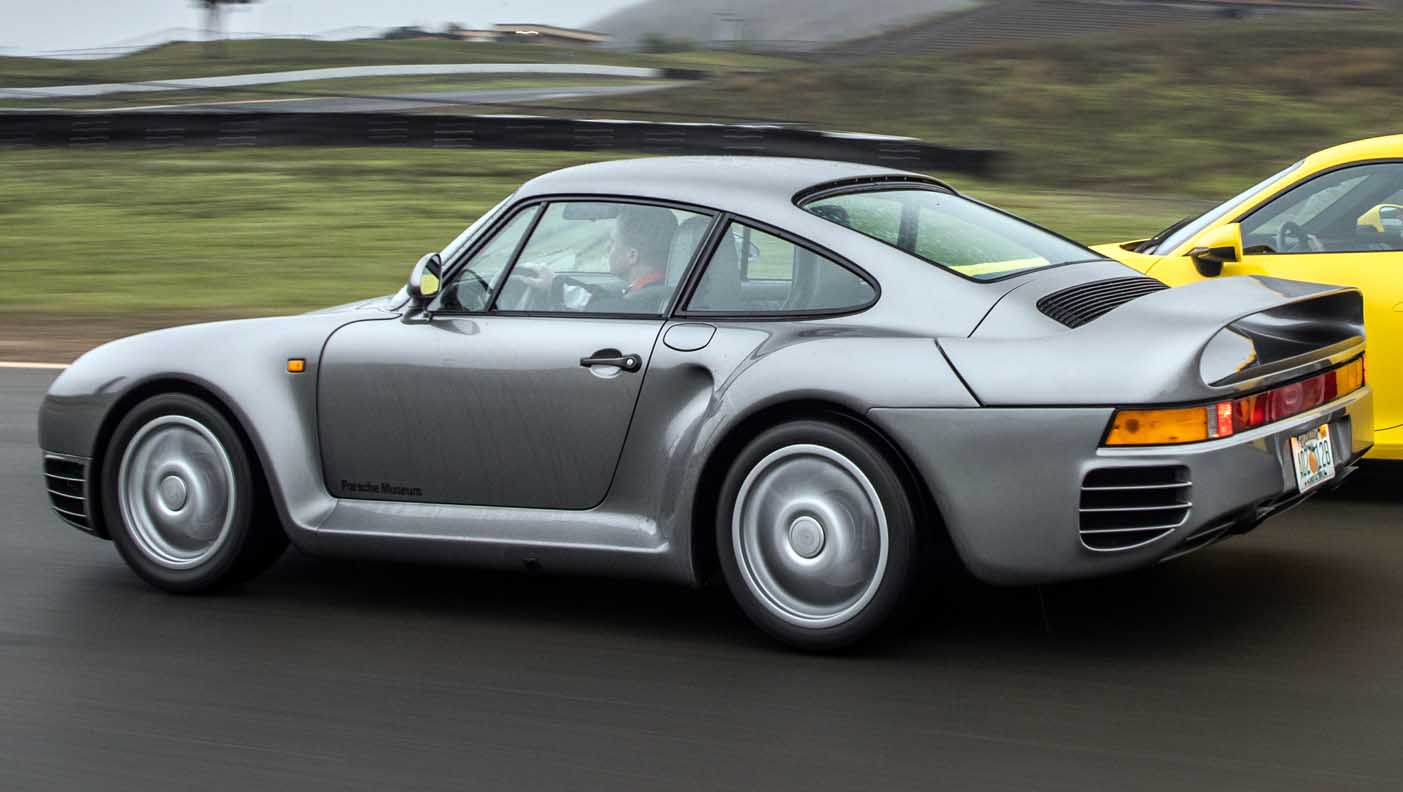
Pioneering Drivetrain Innovation
The 959 introduced vital new features. The rear-mounted gearbox was a significant advancement. An independent rear suspension system also debuted. These were hallmarks in Ferrari’s road car production. The company already had extensive experience. They gained it from both systems in their competition cars. This technology then filtered through to road models. This showcases a clear philosophy. Racing indeed improved the breed.
The car came with standard light alloy rims. Approximately 450 cars were built by Scaglietti. This included both Series I and II. Some models were specifically for racing. These came in aluminum bodies. They had racing suspension. Six Weber carburettors were installed. These variants are known as the 275 GTB/C.
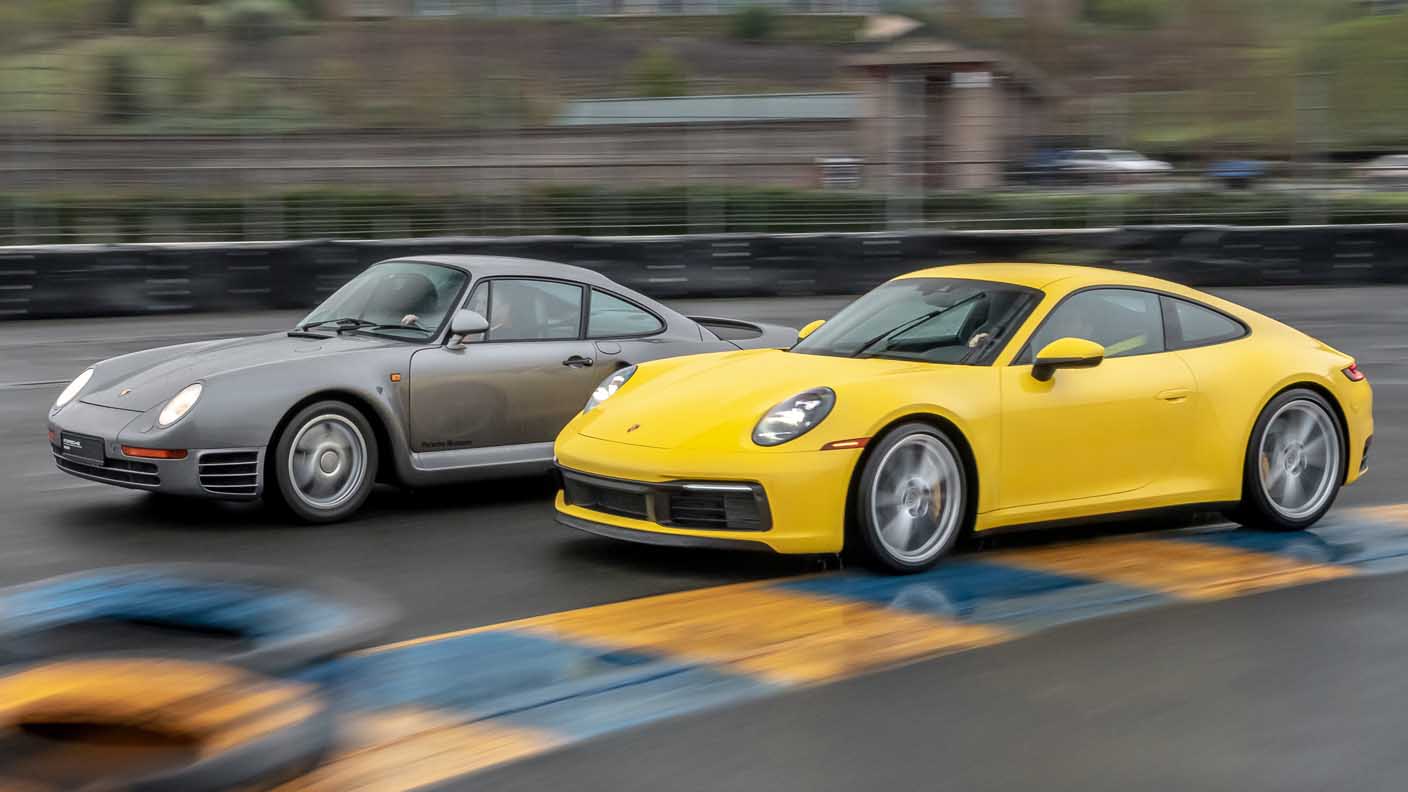
The Enduring Porsche Classic Legacy
Porsche Classic is a dedicated division. It maintains vehicles generally produced over ten years ago. Its services cover many aspects of care. This includes technical literature. They also supply and reproduce original parts. Complete restoration services are even available. The company expands its international dealer network. Around 100 Porsche Classic Partners now exist. These support classic car owners. They offer expert overhaul services.
Porsche customers can expect a complete range. This comes from the Partners’ centers. Porsche integrates care and value retention. This applies to modern classic and vintage cars. It links Porsche tradition and innovation. The 959 embodies this philosophy perfectly. It remains a prime example. Its legacy continues to thrive.
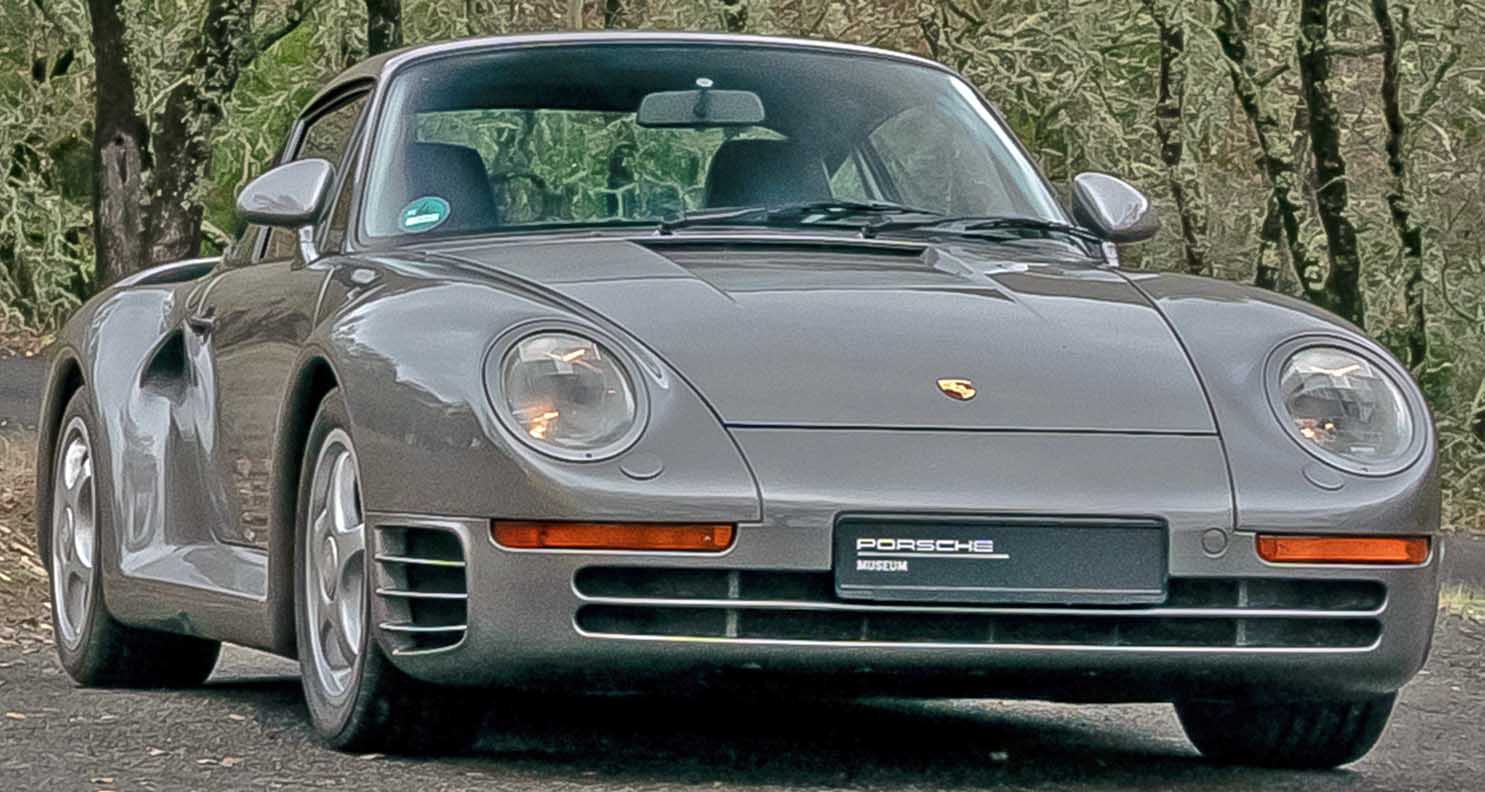
The Porsche 959 legendary supercar holds an unparalleled place. It represents a pinnacle of automotive engineering. It successfully blended rally dominance with road car performance. Its innovative technologies set new benchmarks. The 959 continues to inspire awe. It remains a testament to Porsche’s vision. This supercar perfectly bridges past and future.
Disclaimer Vehicle specifications and features are subject to change without prior notice. Always consult official documentation and perform due diligence before making any decisions related to vehicle acquisition or use. Information provided is for general guidance only.
Source: Porsche
AI Assistance: Chatgpt
